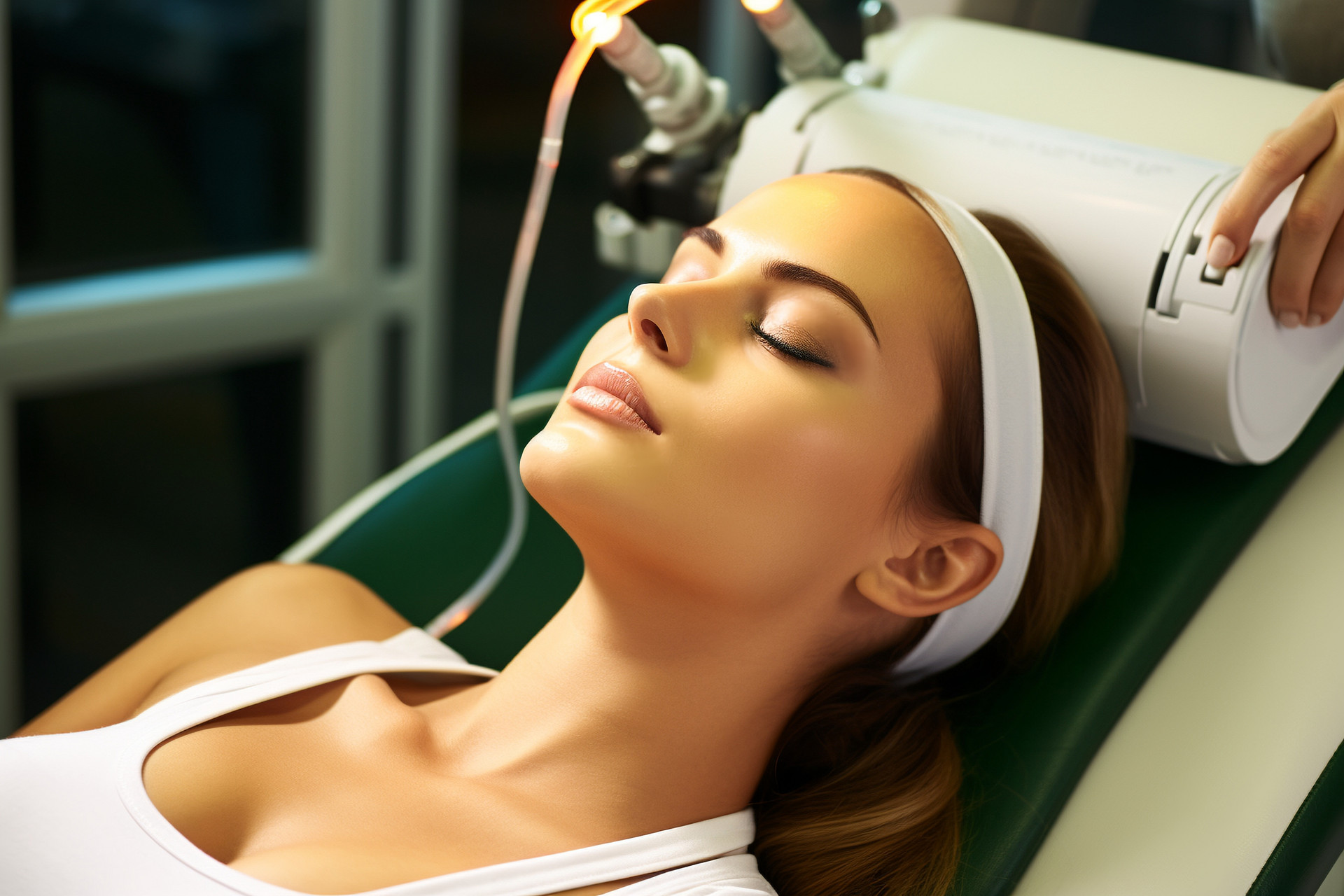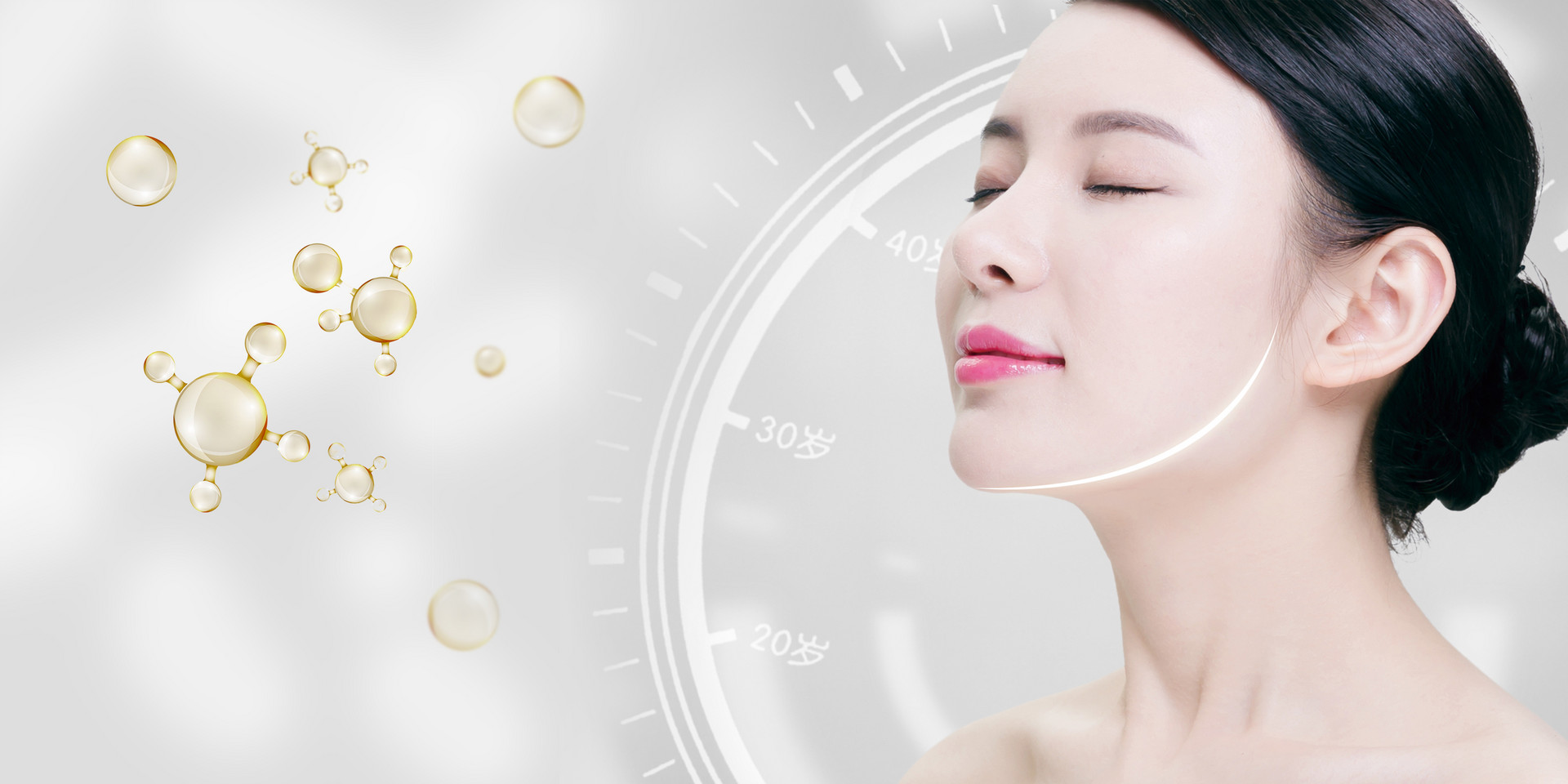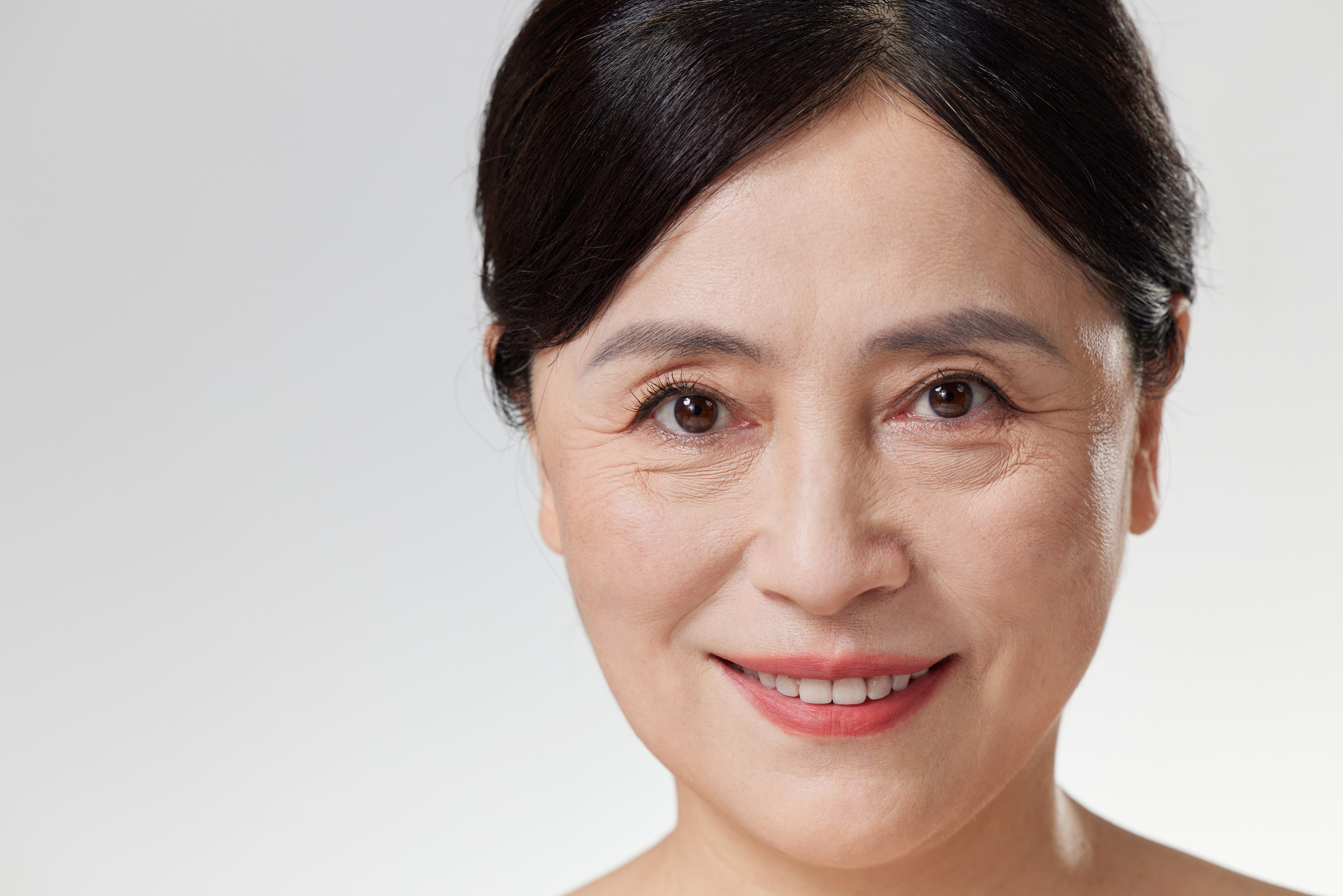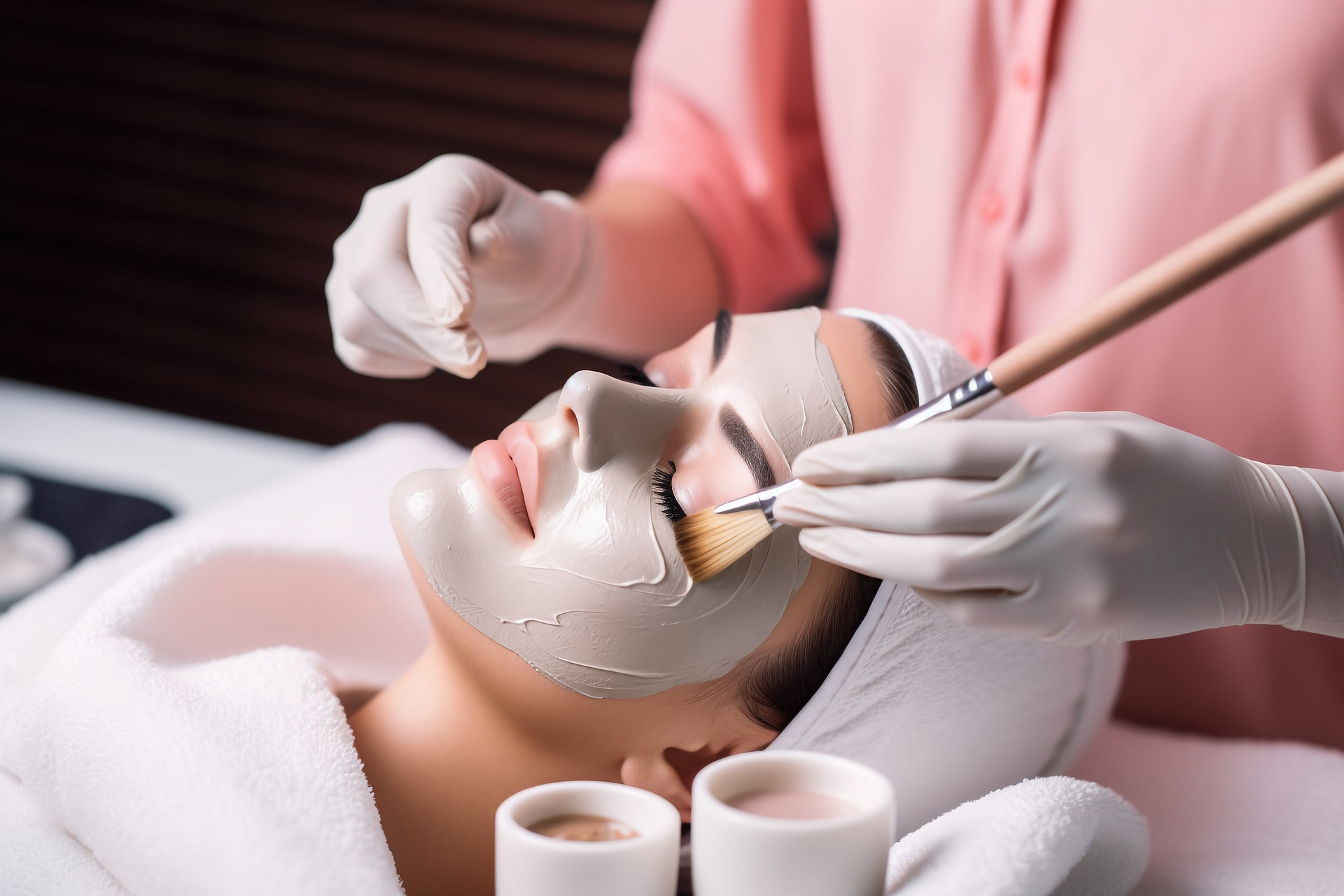Age spots, also known as liver spots, are brown patches that appear on the skin of older people. Medically, they are referred to as "lipofuscin pigment". Because they are commonly seen in elderly individuals, they are often called "spots of longevity". However, modern medical research has shown that this nickname is not accurate, as age spots are not a sign of longevity. Lipofuscin pigment is an oxidized form of unsaturated fatty acids. This substance accumulates not only on the surface of cells, but also inside the body, depositing in the heart, blood vessels, liver, and brain cells. Deposits in the blood vessel walls can cause fibrotic changes, leading to arteriosclerosis, hypertension, and myocardial infarction. Deposits in brain cells can result in neurological dysfunction in the elderly, causing memory loss, cognitive impairment, depression, or Alzheimer's disease. Therefore, age spots are not just patches that appear on the surface of the skin, but they also convey information about the aging of internal organs.
Age spots are morphological markers of human aging. The assessment of the degree of human aging can be determined from both morphological aging and functional aging. Morphological aging indicators mainly include "weight loss, decreased subcutaneous fat, loss of skin luster, appearance of wrinkles and age spots, tooth wear and loss, spinal curvature, gray hair and baldness, and hardened feeling when palpating the radial artery, etc.". Therefore, the appearance of age spots is not isolated and is often accompanied by other visible morphological aging indicators. According to modern medical research, the following measures can effectively slow down the appearance of age spots:
1. Take vitamin E and vitamin C: These vitamins have antioxidant effects and can effectively slow down the development of age spots caused by the oxidation of lipofuscin pigment. They are recognized as anti-aging agents. According to research by experts from the University of California School of Medicine, taking 100 mg of vitamin E and 300-500 mg of vitamin C daily for two years can significantly slow down the development of arteriosclerosis spots and age spots.
2. Eat more fruits and vegetables, especially onions. Onions contain sulfur and essential vitamins, which can eliminate waste from the body and keep the body clean. In addition, eating more radishes, celery, spinach, almonds, and dates can help reduce age spots and delay skin aging.
3. Chew slowly: According to a study by American experts, actors and singers develop age spots on their faces 8-10 years later than ordinary people. Experts attribute this to the fact that they have more facial muscle movement. Therefore, people can improve facial blood circulation and skin metabolism, and delay the occurrence of age spots by chewing gum for 10-15 minutes a day or chewing slowly during meals.
4. Exercise regularly: Regular exercise can significantly delay aging and therefore the formation of age spots.











